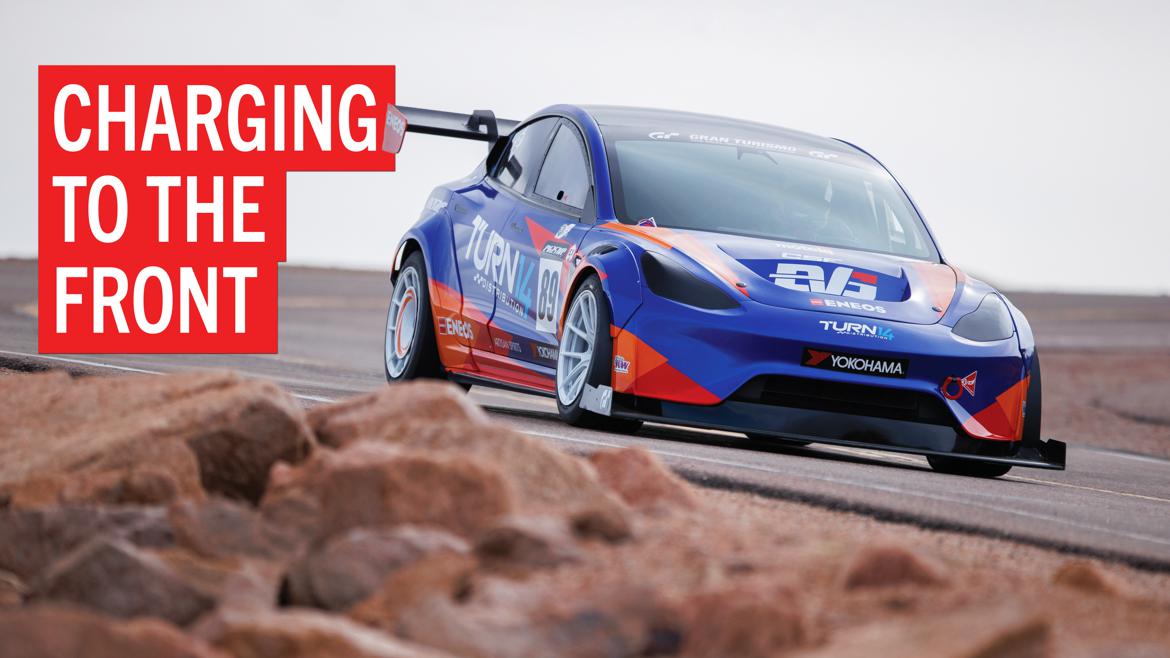With a stock 3 point seat belt, I know some people like to move their seat back a bit, then manually move the belt forward quickly to lock it, then move the seat forward again. This makes the seatbelt act similar to a harness and holds the driver in better during braking. Does this allow enough room for the driver to correctly twist/move forward the way the belt was designed, or would doing this result in a neck injury in an impact like a 6 point harness with no HANs?
Well, most cars made on the last several years have pyrotechnic pretensioners that fire off in an accident...
Not really going to be too tight I would think.
What car?
I have a CG-lock on my factory 3 point drivers seatbelt in my 2008 honda fit. It allows me to keep the belt nice and tight when I drive. It was previously in my 2007 Honda fit that had two frontal impacts, both with airbag deployment and seatbelt tensioning and there were zero issues with the CG-lock already having the belt tight.
I doubt your pretensioning technique will cause any issues.
It's perfectly safe. In the event of a crash, the belts actually lock in place using the exact same mechanism that lets you do what you are describing. All you're doing is keeping the belts locked beforehand instead of letting the reel lock the belts after a crash has started.
In fact, there's an argument to be made that this is actually safer because it holds the lap belt firmly at your hips at all times (instead of letting it creep up to your stomach or down your legs as your drive). This is how car manufacturers intend the lap belt to be positioned in the event of a crash, and that's how they set the belts when they crash test cars.

I would say it is safe, but not entirely.
Some seat belts (starting at some year that I can't recall right now) don't just lock when you hit something. They have a progressive "clutch" that engages slowly, which is designed to bruise your ribs instead of snap them all violently.
Pre-locking the belt defeats that function. I'm not saying that manufacturers have mastered the art of seat belts and they're perfect, but you would think that if pre-locking the belt were safer, they would be designed to just ratchet every time.
If you were talking about a 70s vehicle, you'd probably be right, but somewhere in the late 80s/early 90s they went to a "soft" lockup as part of new NHTSA rules. Anyone who has driven with a first-gen shoulder belt probably remembers how they operated like pull-down blinds. You could pull them out a bit and give them a wee snap to ratchet them to have a little slack. Those are the kind that just lock during a crash and (although they might save your life) they would potentially break your ribs in the process. If you have a vehicle after the new rules (80s/90s) that doesn't let you ratchet the belt with slack, it almost certainly has a clutch lockup that is designed to have about an inch of lockup distance to protect from the hard impact.

Curtis73 (Forum Supporter) said:
Some seat belts (starting at some year that I can't recall right now) don't just lock when you hit something. They have a progressive "clutch" that engages slowly, which is designed to bruise your ribs instead of snap them all violently.
Pre-locking the belt defeats that function. I'm not saying that manufacturers have mastered the art of seat belts and they're perfect, but you would think that if pre-locking the belt were safer, they would be designed to just ratchet every time.
Actually, the load limiters in modern (late 80s and up) seat belts are either an extra fold of material sewn in with a weak stitch or a torsion bar that is designed to bend when the tension on the shoulder belt exceeds a certain pre-set limit. Both of those mechanisms still work (and are required to work) even when the seat belt is locked in place. That's what stops the shoulder belt from breaking your collarbone in a forward impact. Some seat belts have a little more play in the centrifugal clutch that makes it seem like it's engaging more progressively, but that behavior isn't designed to act as the load limiter that the FMVSS specifies.
In fact, in newer cars (late 2000's and up) do the exact opposite of what you described. The electronic seatbelt pre-tensioner ratchets the seatbelt tight against your body and holds it in place if it thinks you're about to hit something. The idea is that it ramps up the restraining force earlier to keep your body from leaving the seat in the early part of a crash. If the forces ramp up to the point where the belt might hurt the driver, the above mentioned stitches break (or the torsion bar bends), giving the belts enough slack to prevent it from breaking bones.
EDIT: ApexCarver is right. Modern seatbelt pre-tensioners are not actuated electronically, so they are not technically "electronic seatbelt pre-tensioners."
I have never seen a load-limiting locking mechanism. I know my Miata, for instance had a sewn flap that could tear out as a load limiter. There are FMVSS requirements for belt elongation to mitigate the types of injuries you are concerned with.
Most pretensioners I have seen are pyrotechnic now, with devices similar to airbag inflators. They need to actuate in fractions of a second in frontal collisions. They also can only apply so much force, so it won't hurt you in the cinched down case. (I don't consider bruises to be hurt in this case)
I look at this stuff every day in my job, I wouldn't be worried about the belt being cinched too much.
This thread has been super informative.




















